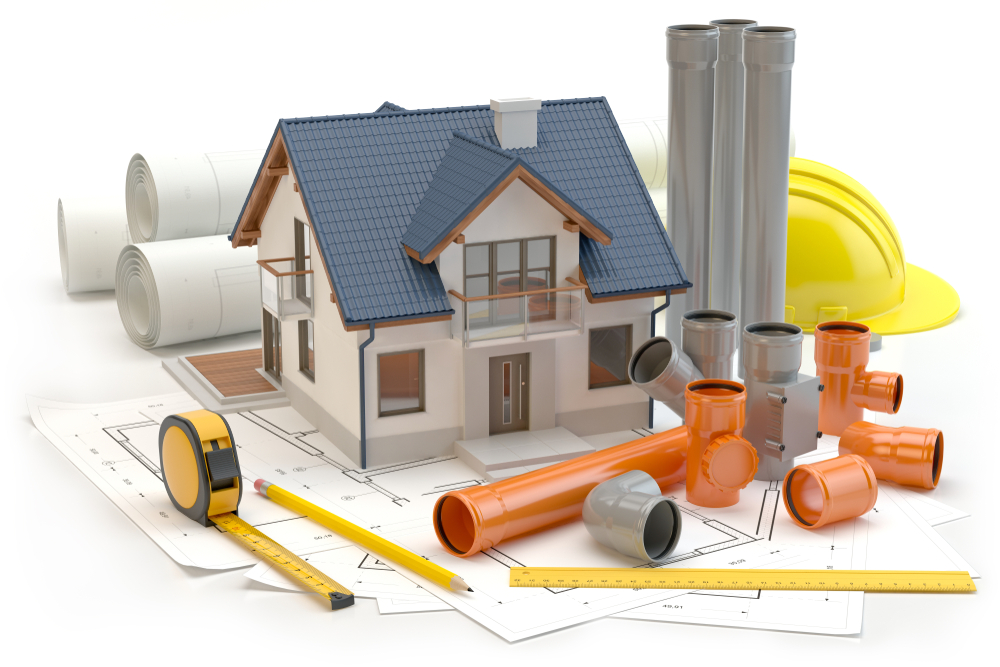Last Updated on April 20, 2024 by Saira Farman
A good house is defined by more than just its outward appearance; it also has hidden mechanisms that give it the functionality it needs to be inhabited. The house drainage system is one such system. It is a crucial component that you should keep in mind from the planning stage onward. It has an impact on the residents’ health and safety, particularly during times of heavy rain. If you are in trouble of the blocked drains, contact us for more information.
A building or network of buildings used as part of a drainage system removes water from a specific area. Typically, drainage systems consist of pipes, tunnels, trenches, and chambers. They occasionally feature retention ponds near their mouths to limit the flow of water. These buildings aid in the removal of dirty water (so it doesn’t contaminate other water sources) and the prevention of excessive stormwater discharge, which can result in floods in communities downstream. If all is in order, any extra water will drain into the sewage system or wastewater treatment facility in your area, where it can be safely cleaned and re-released into the rivers. It is known as draining to do this. It maintains places dry and secure so that people can live and work there.
These drainage systems should ideally be installed by a licenced professional and should adhere to the local construction codes. With drainage designs from Design Everest that adhere to California building codes, you can leave the guesswork out of the process. Additionally, their staff can assist you with obtaining any licences or permits required for the installation of a reliable drainage system for your house.
What types of drainage systems are there?
To collect water from roofs, patios, or other hard surfaces near houses, drainage systems are put in underground. These systems’ primary goal is to keep your yard dry and prevent flooding on your property by gathering water and diverting it away from your foundation. Based on where they are placed on your property, other neighbouring properties, nearby highways, parks, and water bodies, as well as other considerations like the slope of the terrain surrounding your property, there are various types of residential drainage systems available in Australia. Before determining which one is best for you, you need be aware of each one’s distinctive qualities.
The four primary types of drainage systems are as follows:
1.French drains
A ditch with gravel or sand inside of it serves as a French drain, which conducts water away from the building’s foundation. It is a form of subsurface drainage system that entails removing topsoil to make room for a more straightforward water flow path. Plastic is frequently used to line the trench and trench line. On occasion, a pipe with perforations or slots is added to the French drains.
2.Surface drains
A storm drain or sewer is reached after the surface drain has collected water that has been running through your property. To help prevent floods and create secure paths, surface drains are typically placed close to sidewalks, driveways, lawns, and roads. They are positioned where there is a chance of significant water accumulation.
3.Pond drains
To assist drain the surplus water away from your home, a trench drain is a tunnel that is dug into your lawn and filled with gravel. This kind of drainage system, in contrast to the French drain, is situated on the ground’s surface and is not buried. To redirect the water, a heavy grate is placed over a trench drain.
4.Sump Pump
An engineered system called a sump pump drainage system is made to carry water out of your basement. They are frequently placed close to potential entry points for water into your house. These pumps are designed to swiftly remove extra water from your basement before it can cause significant harm.
Why is a proper drainage system necessary for your home?
To eliminate any surplus water from the home and aid in preventing water-related home damage, a well-designed drainage system is necessary. It’s also crucial to make sure that obstructed water doesn’t interfere with the construction phase’s job.
Why your house requires a good drainage system is as follows:
-Preserve the home’s structural soundness
In addition to posing health risks, polluted water can seriously harm the home’s exterior. It can harm ceilings, floors, and walls. Additionally, it may result in fissures and structural harm to the foundation.
-Important for health and hygiene
Our water source can get contaminated by sewage and wastewater. Additionally, it may serve as a breeding environment for infections. Because condensation inhibits the formation of mould and mildew, an efficient drainage system also keeps you comfortable and healthy. Additionally, it prevents moisture buildup, which can encourage the growth of mildew and dust mites.
-Aids in energy conservation
A good drainage system also promotes energy conservation. It stops water from building up on ceilings, floors, and walls. This aids in preventing the development of ice dams, which can seriously harm your roof. These ice dams cause heat to be lost, which raises energy costs.
-Protect the landscape you’ve done.
During the building of your home, water may spill out onto the site and harm the landscape. This can be avoided with a sound drainage system, saving you the expense of redoing the landscaping Read more







